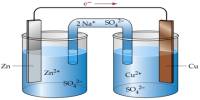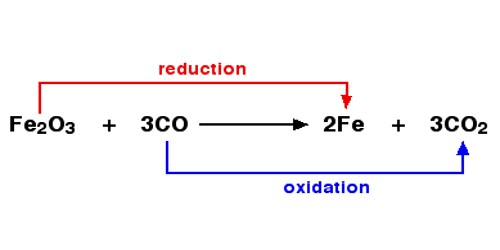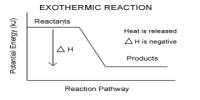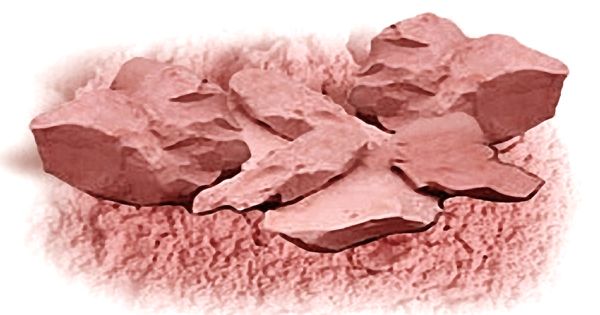Polyurethanes are one of the most versatile plastic materials. It is a polymer composed of organic units joined by carbamate (urethane) links. While most polyurethanes are thermosetting polymers that do not melt when heated, thermoplastic polyurethanes are also available. They are formed by reacting a polyol with a diisocyanate or a polymeric isocyanate in the presence of suitable catalysts and additives.
Polyurethanes are formed by reacting a polyol (an alcohol with more than two reactive hydroxyl groups per molecule) with a diisocyanate or a polymeric isocyanate in the presence of suitable catalysts and additives. Polyurethane polymers are traditionally and most commonly formed by reacting a di- or triisocyanate with a polyol. Since polyurethanes contain two types of monomers, which polymerize one after the other, they are classed as alternating copolymers. Both the isocyanates and polyols used to make polyurethanes contain, on average, two or more functional groups per molecule.
Types of Polyurethane:
- Flexible Polyurethane Foam: It is used as cushioning for a variety of consumer and commercial products, including bedding, furniture, automotive interiors, carpet underlay, and packaging.
- Rigid Polyurethane Foam: These foams create one of the world’s most popular, energy-efficient and versatile insulations.
- Thermoplastic polyurethane: It offers a myriad of physical property combinations and processing applications. It is highly elastic, flexible and resistant to abrasion, impact, and weather.
- Waterborne Polyurethane Dispersions (PUDs): They are coatings and adhesives that use water as the primary solvent.
Polyurethanes are versatile, modern and safe. They are used in the manufacture of high-resilience foam seating, rigid foam insulation panels, microcellular foam seals and gaskets, durable elastomeric wheels and tires (such as roller coaster, escalator, shopping cart, elevator, and skateboard wheels), automotive suspension bushings, electrical potting compounds, high-performance adhesives, surface coatings and sealants, synthetic fibers (e.g., Spandex), carpet underlay, hard-plastic parts (e.g., for electronic instruments), condoms, and hoses. Polyurethanes can be found in mattresses, couches, insulation, liquid coatings and paints, tough elastomers such as roller blade wheels, soft flexible foam toys, some elastic fibers, and many other places and applications. They are widely used in medical devices such as pacemakers, artificial hearts, and other blood-contacting applications.
















